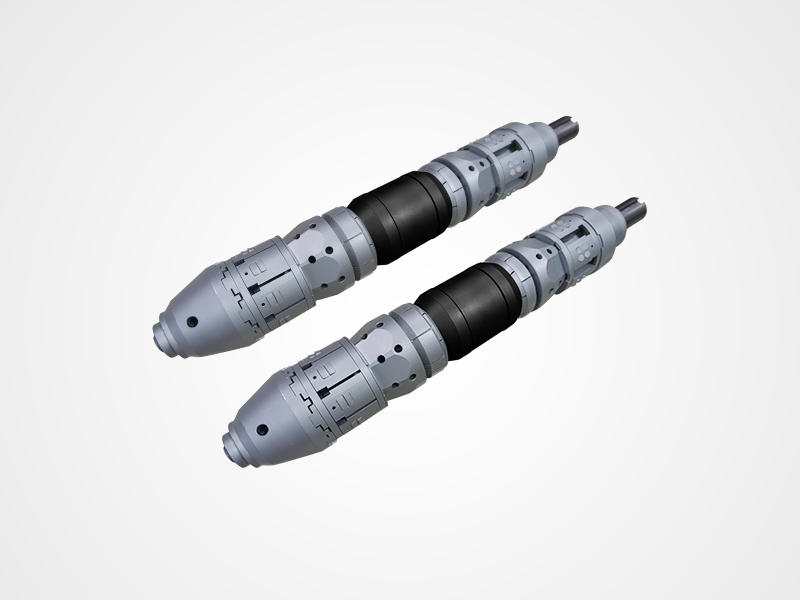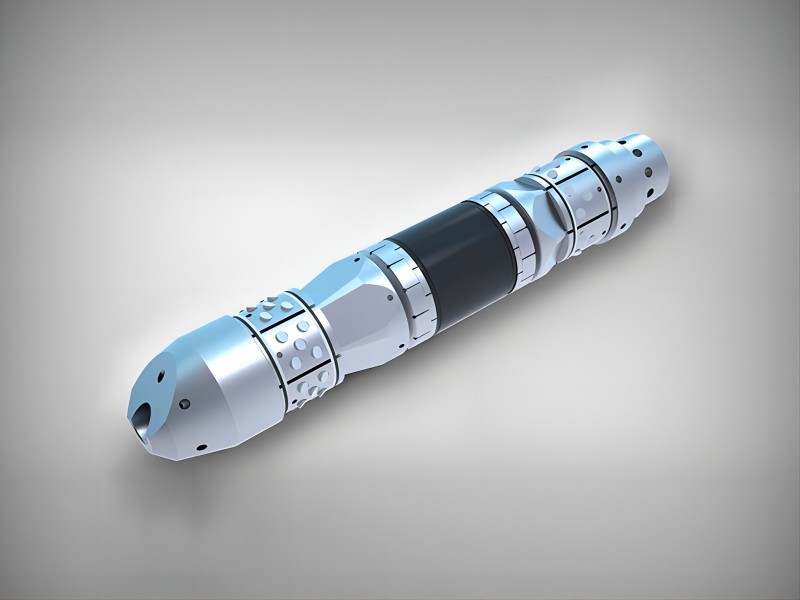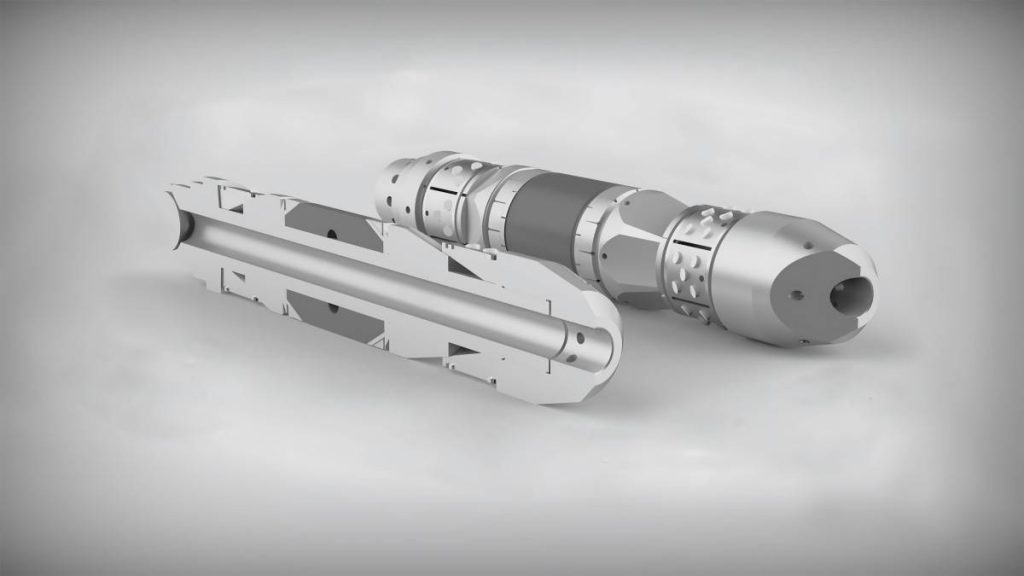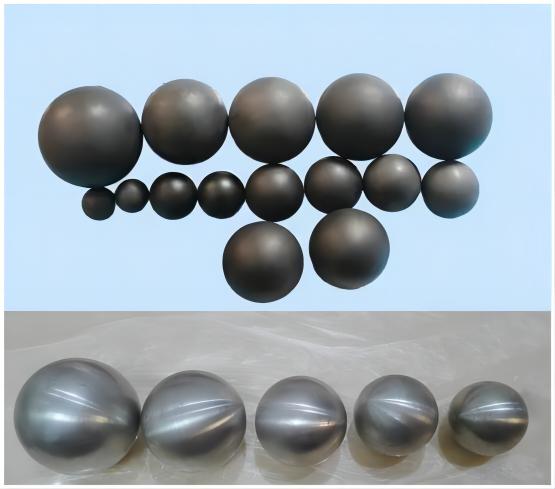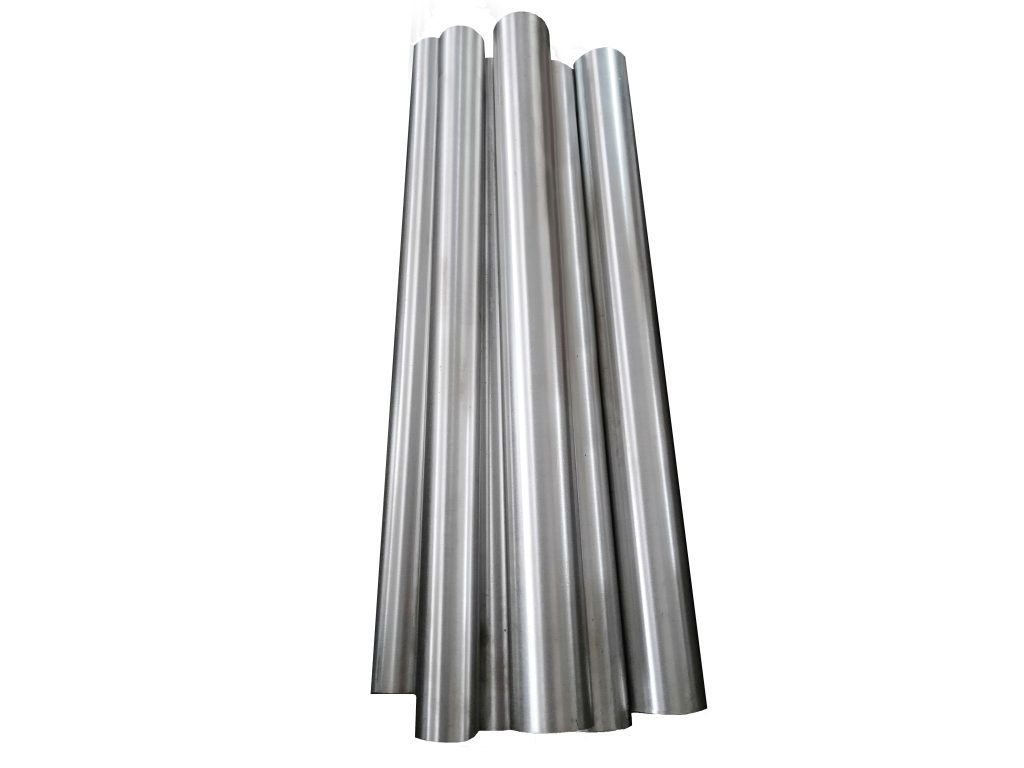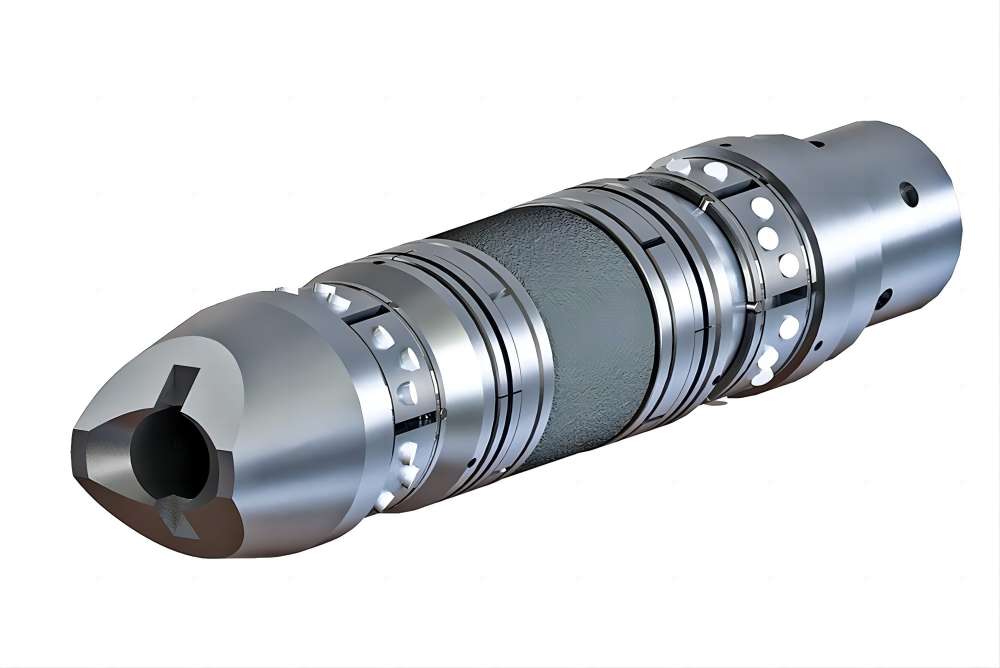Experimental Analysis of Dissolvable Frac Plugs
Traditional composite frac plugs are reliable but they can be very expensive to roll out before oil and gas are produced. The extension of the drilling length of the horizontal section also limits the safe operation range of coiled tubing. Dissolvable frac plugs are designed to dissolve in the wellbore fluid after a frac job, eliminating the need for milling or grinding. Let’s imagine the situation with dissolvable frac plugs sent to operators. Everything goes well during the pumping, seating, and frac process, but at the end of the day, the frac plug does not dissolve and it is a nightmare for the supplier.
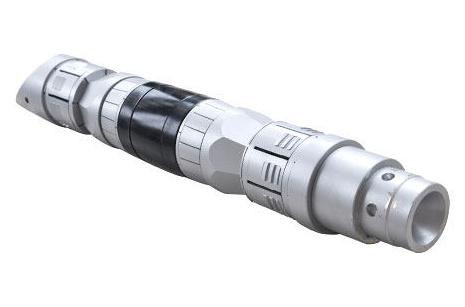
First, let’s look at what makes dissolvable frac plugs dissolve, which is generally made of dissolvable materials (dissolvable metals or polyglycolic acid, mainly aluminum-magnesium-based materials) and dissolvable elastomer composition. In the presence of an electrolytic solution in the wellbore fluid, the soluble metal corrodes through an electrochemical reaction known as the galvanic reaction, the rate of which is affected by the chloride concentration, temperature, surface area in contact with the fluid, and the soluble metal. factors such as the concentration of the cathode. Figure 2. Proppant/sand has a strong effect on the dissolution rate of dissolvable frac plugs, for example, proppant in the underlying formation can migrate from the fracture into the wellbore, forming a sort of sandbag at the frac plug.
With these circumstances in mind, any of the above factors could potentially be used to control the dissolution rate of the frac plug under static conditions. Gather critical information from the operator to simulate the downhole environment to ensure minimal dissolution of the frac plug before completing the frac. Then, dissolution begins as downhole temperatures recover. However, the downhole environment and field operating conditions are dynamic.
When the fracturing plug is pumped to open the fracture, a large amount of fluid with surface temperature is injected into the wellbore. Figure 1 shows that when the fracturing plug enters the wellbore, the downhole temperature will drop significantly. Once the fracturing plug reaches the predetermined position, perforation The gun is perforated, then the well is jacked out, and then the equipment is hooked up for fracturing. During this period, downhole temperatures began to recover. If fracturing is delayed, it is best to pump additional surface temperature fluid downhole to cool the wellbore to slow down the dissolution rate of the frac plug. When the fracturing starts, the downhole temperature will drop again, and once the fracturing is completed, the downhole temperature will slowly recover.
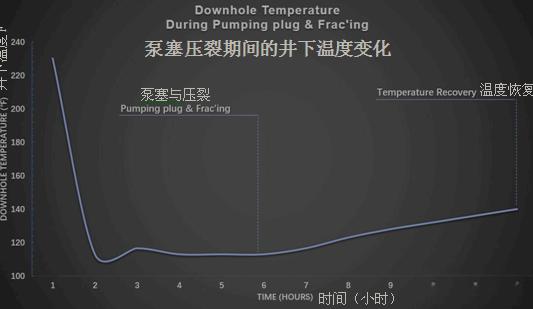
Since dissolvable frac plugs are designed to dissolve during the reheating phase, and the time required for the complete dissolution of the frac plug depends on the temperature of the plug, it must be recognized that the downhole temperature will return to a point where the temperature Points will speed up the rate at which the frac plug dissolves. However, the recovery rate of formation temperature is affected by factors such as pump displacement, total fluid injected into the fracture, and fracture size.
These variables are likely to be different for each formation being treated and may cause variations in temperature recovery, in other words, there is no way to be 100% sure when the downhole temperature will return to the temperature required to dissolve the frac plug. accuracy. The same is true for the chloride ion concentration of the flow back wellbore fluid. Due to the dynamic changes described above, the chloride ion concentration of the wellbore fluid is much lower than expected, thus slowing down the dissolution rate of the frac plug.
There are other factors besides temperature and chloride concentration, imagine if the frac plug is secure in place, covered by wellbore fluid (except for the portion of the wellbore wall that is in contact with the casing), the frac plug’s The ingredients should be carefully chosen based on the temperature and chloride concentration of this well, which is recovering from the cooling effect during the frac after treatment, so why didn’t the frac plug dissolve? What else in the wellbore could interfere with the dissolution process? The answer is likely to be proppant/sand.
After completion of treatment, the well is shut in. When the fracture closes, the closure stress can cause the proppant to migrate or spill out of the wellbore, not to mention the scenario during fracturing that occurs during sieving, and Chinese operators typically reverse the well in an attempt to re-establish good pump rates. During flow back, proppant in lower formations is likely to escape from fractures and migrate into the wellbore. Sandbags form at the frac plug, isolating it from the wellbore fluid.
One might think that proppants are permeable, like sand on a beach. If you stick your hand into the sand and dig the sand out, the sand is wet. Even if the frac plug is completely covered with proppant, it is still in contact with the wellbore fluid, which is a disadvantage for the frac plug because the frac plug may not be completely isolated from the wellbore fluid, but the rate at which the frac plug dissolves will be affected.

